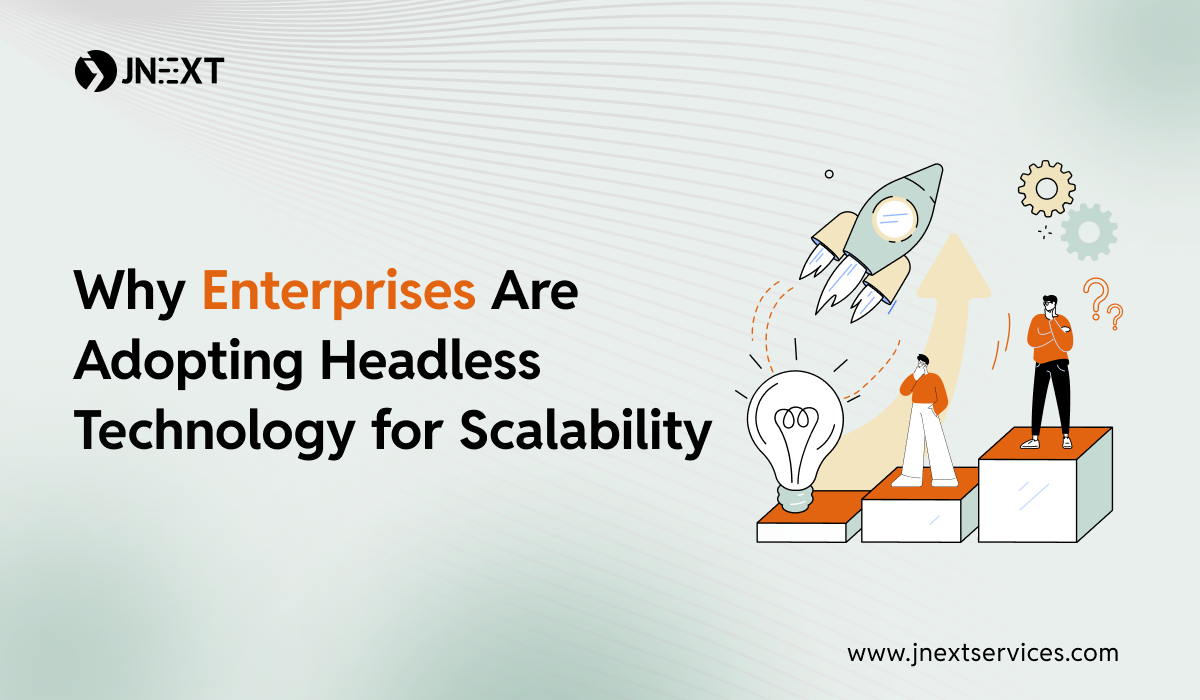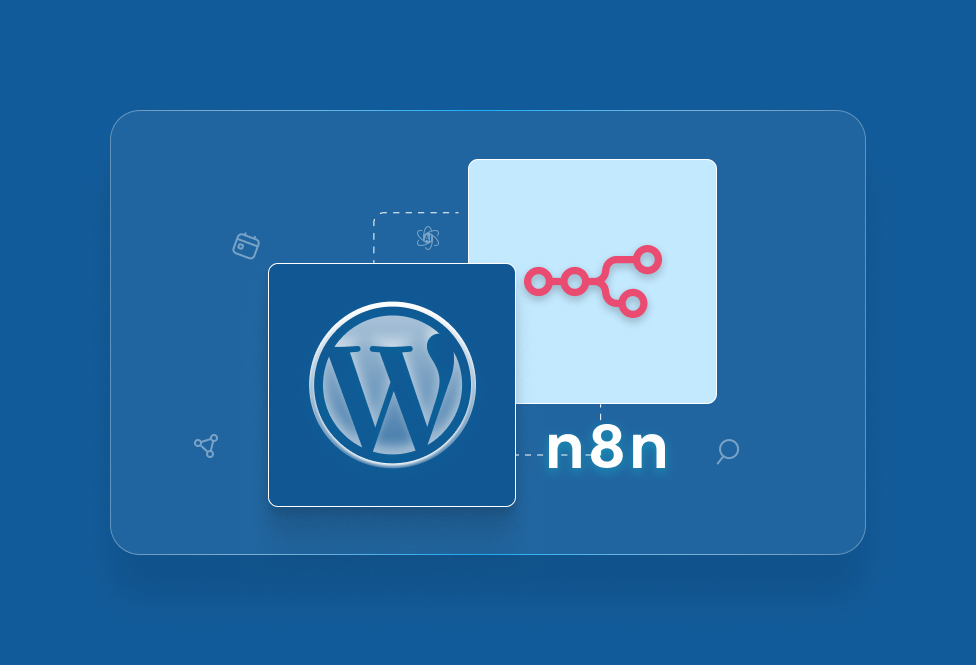If you’ve been paying attention to the digital world lately, you’ve probably noticed that some of the biggest names in the business are adopting Headless CMS. Companies like Tesla, Chronext, and The Clone Conservatory are moving away from traditional tech setups and embracing something called headless technology. It’s not just a buzzword—it’s a game-changer in how these brands connect with their customers.
So, what’s driving this shift? Why are these industry giants rethinking their strategies and investing in headless CMS?
In this Blog, we’ll dig into the reasons behind this trend. We’ll look at how headless technology is giving these companies the flexibility to innovate faster, adapt to new trends, and deliver personalized experiences across all channels.
By the end, you’ll see why headless CMS isn’t just for tech enthusiasts—it’s becoming the secret weapon for businesses that want to stay ahead of the curve.
Traditional Systems vs. Headless System: What’s Changing?
Traditional (CMS) have worked well for a long time, but they come with their own set of limitations. For big companies, these systems can feel like a one-size-fits-all solution that doesn’t always fit. Here’s what’s changing:
- Rigid Structures: Traditional systems tie the front end (what users see) and the backend (where content is managed) together. This makes it hard for companies to update their sites or try new things quickly.
- Slow to Adapt: When trends or new technologies come up, companies using old systems struggle to keep up because they can’t easily change how their website looks or behaves.
- Lack of Flexibility: Businesses often need to create experiences that look and feel unique. Traditional CMS platforms don’t always allow that level of customization without complicated workarounds.
Headless technology breaks away from these constraints by separating the backend from the front end, allowing companies to build faster, more personalized digital experiences.
Top Reasons Why Enterprises Are Adopting Headless Technology
Let’s look at some of the key reasons why the biggest companies are making the move to headless CMS:
Omnichannel Customer Experiences
- Reach Customers Everywhere: Headless technology makes it easy to deliver content across multiple channels like websites, mobile apps, social media, and even smart devices.
- Consistent Brand Experience: It ensures that customers get the same experience no matter where they interact with your brand, which is crucial for building trust and loyalty.
Agility and Faster Time-to-Market
- Quick Changes and Updates: Because headless separates the content from the design, teams can make changes quickly without waiting for backend adjustments.
- Launch New Features Faster: Companies can roll out updates and new features faster than before, which helps them stay ahead of competitors.
Scalability and Performance
- Handles Growth with Ease: Big companies need systems that can grow with them, and headless cms scales easily as traffic increases.
- Improves Speed: Faster loading times and smoother performance keep users engaged, reducing bounce rates and boosting conversions.
Future-Proof Technology Stack
- Ready for New Trends: Headless technology allows businesses to easily integrate the latest tech tools without needing a complete overhaul of their systems.
- Stay Ahead of Competitors: This flexibility makes it easier for companies to innovate and adapt to changes in the digital landscape.
Enhanced Security and Compliance
- Improved Data Security: Since the front end and backend are separate, it reduces the risk of attacks on sensitive data.
- Easier Compliance: Companies can manage compliance requirements more effectively by isolating parts of the system that handle sensitive information.
Top Reasons Why Enterprises Are Adopting Headless Technology
Several industry leaders have already embraced headless technology, setting a benchmark for others to follow. For example:
- Tesla: Tesla has implemented headless commerce to streamline their customer experience, providing a seamless journey from online browsing to vehicle customization. This setup helps them manage high traffic volumes and integrate with various digital touchpoints more effectively.
- Chronext: This luxury watch retailer adopted a headless CMS to deliver personalized user experiences and managed to triple their app session times after implementation. The flexibility of headless technology allowed them to develop a mobile application prototype quickly and efficiently.
- Oatly: The global oat milk brand Oatly switched to a headless CMS to handle its rapid growth, leading to faster development cycles and the creation of 16 global websites in just two months. The headless approach enabled them to streamline content management and improve their localization efforts.
- The Clone Conservatory: A cannabis-focused brand, has also embraced headless CMS to optimize its eCommerce operations. By separating the backend from the front end, they have created a faster and more flexible shopping experience, allowing them to keep up with changing trends in the cannabis industry.
The Competitive Edge: Why Headless is Becoming Essential
Enterprise companies understand that in a highly competitive market, agility and speed-to-market are key to staying ahead. Headless system provides the flexibility to quickly adapt to market trends, launch new features, and deliver personalized content faster than ever. This competitive advantage is what sets them apart from businesses that still rely on traditional monolithic architectures.
Moreover, headless technology supports a data-driven approach, allowing companies to leverage customer insights to deliver tailored experiences. This level of personalization leads to higher engagement rates and, ultimately, increased customer loyalty.
For a deeper dive into the impact of headless technology on e-commerce, you might find this article on Expanding on Headless WooCommerce: A Deeper Dive into its Impact on E-Commerce helpful.
Overcoming Challenges in Adopting Headless System
While headless CMS offers many benefits, enterprises may face challenges like higher implementation costs and the need for specialized technical skills. However, these can be mitigated by:
- Building a Skilled Team: Investing in a development team experienced in headless architecture to manage and optimize the system.
- Leveraging Headless Platforms: Utilizing established headless CMS platforms that offer tools and support for smoother integration.
Is Headless CMS Right for Enterprise Business?
Headless technology isn’t just a trend; it’s a strategic move that enables enterprises to innovate and scale faster than ever before. If your business goals include delivering personalized experiences, optimizing for omnichannel engagement, and staying ahead of technological advancements, then headless technology is worth exploring.
Conclusion
The biggest companies are embracing headless technology not just for its technical advantages but for the strategic business value it brings. It provides the speed, flexibility, and scalability needed to create exceptional digital experiences and drive long-term growth.
Ready to Future-Proof Your Business? If you’re looking to stay ahead in the digital landscape, now is the time to explore how headless technology can transform your business strategy. Get in touch with us to discover how we can help you leverage headless technology to deliver unparalleled customer experiences and drive innovation in your enterprise.


 October 11, 2024
October 11, 2024




TEAM id
jnext_services
email us [email protected]
india
+91 98587 63596
United Kingdom
+ 44 77679 57915